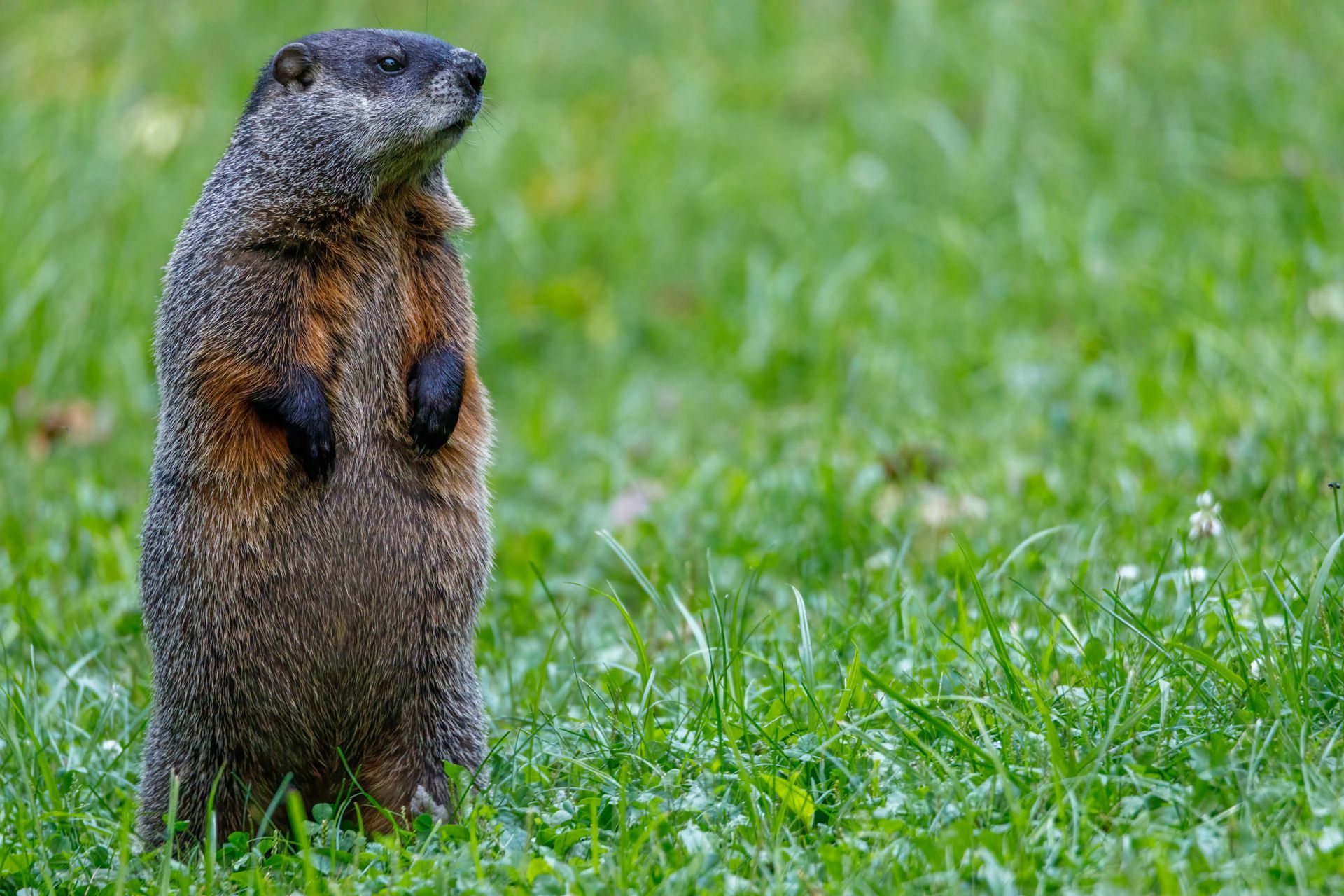3 Early Fall Lawn Care Tips
3 Early Fall Lawn Care Tips It’s early fall, and the summer lawn chores have come to an end. There are a few important care tips you need to remember for this phase of the year. You’ll get to the usual fall chores … Continue reading →
3 Early Fall Lawn Care Tips
It’s early fall, and the summer lawn chores have come to an end. There are a few important care tips you need to remember for this phase of the year. You’ll get to the usual fall chores soon enough. For now, here are a few things that should be on your to-do list.
Adding New Turf

Autumn Lawn Care Tips
Whether you’re laying out sod or spreading seed, the cooler temperatures are going to encourage new root growth at this time of year. But you still have several months of relative warmth and daylight hours to let the new plants get established before the harsh of winter sets in.
That’s a perfect scenario for getting some new grass going. And thankfully, the cooler weather makes it much nicer do do any digging before you get started.
Look Out for Grubs
Various insects spend the summers chewing on your plant leaves, but will start to lay eggs as summer comes to an end. At this point in late fall, eggs will start to hatch and grub or worm populations go way up. It’s perfect to catch them now before they spin their hard cocoons for hibernation later in the fall. Pull up about a foot-square chunk of sod and if you see 10 or more grubs, you’ll want to treat your lawn with a good pesticide. Better kill the grubs while they’re vulnerable so you start off fresh in the spring.
Fertilize
Your lawn has been growing hard all summer long, and now is when the soil is starting to get low on nutrients. But there are still several months of growth to go before your grass goes dormant for the winter, so you want to keep those nutrient levels up.
Look for a fertilizer that is high in nitrogen, ideally in a slow-release formula. That way, it will keep on bringing that important nutrient to the grass right up until the cold temperatures of winter start to arrive. Need some specifics? Find 24-4-12 or 24-4-8 to really give your lawn that boost it needs before winter.
And you do need to keep up with the usual lawn chores, like mowing and keeping the weeds under control. Unlike the later fall season, it’s still warm enough that things are growing well and new weeds are still sprouting and grass is still growing. The usual maintenance issues still apply for a few months yet.
Critter Repellent All Natural Animal Repellent Blog












